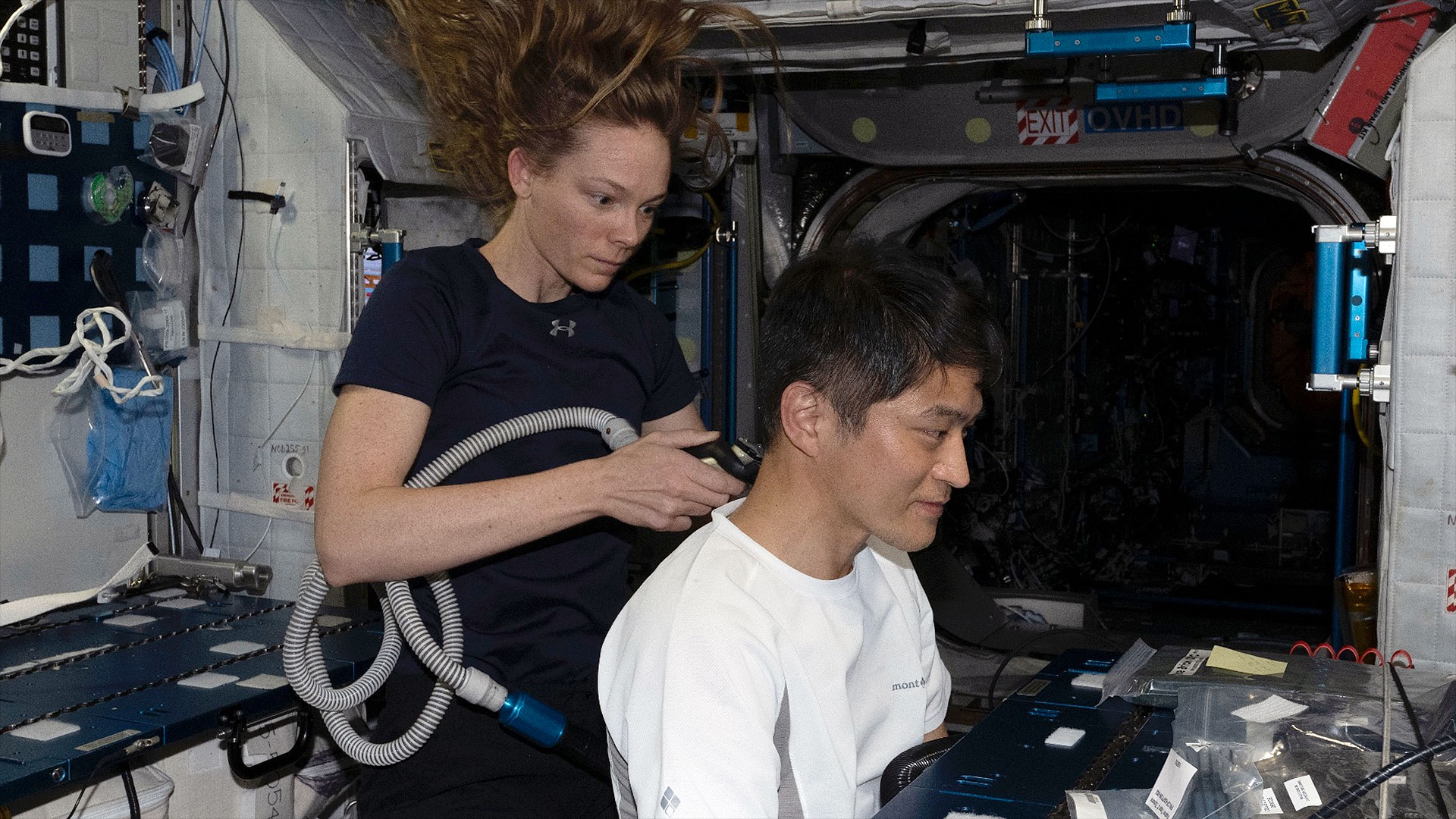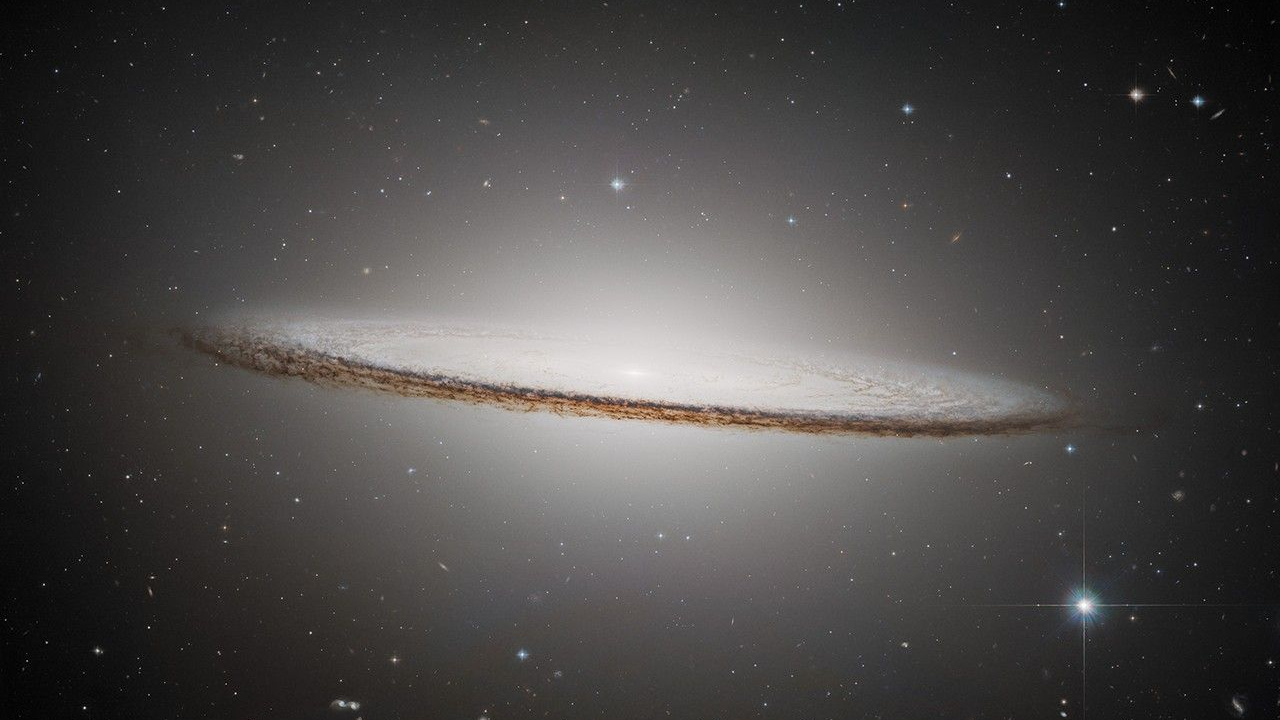Weird Landscape Shows That Mercury's No 'Dead' Planet

The solar system's innermost planet is far from being the barren husk of rock it's often portrayed as. Scientists recently discovered a "great valley" on the small planet that would make the Grand Canyon look tiny in comparison. It also has one of the biggest impact basins known in the solar system. Mercury also hosts water ice and has organic chemistry. It's also, weirdly, shrinking. NASA's MESSENGER — which stands for Mercury Surface, Space Environment, Geochemistry and Ranging — spent nearly a decade examining Mercury in both flybys and orbital observations, and discovered several strange features that challenged our assumptions about this planet. Here are a few of the most recent findings.
1) "Great Valley"

Probing through MESSENGER data, scientists have found a "great valley" on Mercury that far exceeds the size of the Grand Canyon. It probably as formed when Mercury's solid lithosphere (crust) buckled three or four billion years ago as the planet shrank while cooling. At 250 miles wide and 600 miles long, it's about twice as deep as the Grand Canyon. If you were to place it on Earth, it would be the equivalent distance from Washington, D.C. to New York City to Detroit.
RELATED: MESSENGER's Last Mercury Photo Before Crashing is Crazy Close-Up
The challenge with this discovery is it sort of contradicts other findings that show Mercury has been active in later years since its formation. There are other spots on the planet that show evidence of volcanism, not to mention the fact that the planet has a magnetic field (which implies something inside must be generating it). "Everyone thought Mercury was a very cold planet — myself included. But it looks like Mercury might have heated significantly in recent planetary history," said co-author Laurent Montesi, an assistant geology professor at the University of Maryland, in a statement. (The research was led by the National Air and Space Museum's Thomas Watters.)
2) Volcanic Basin

Caloris basin is one of the largest known impact sites in the solar system. It was actually spotted in 1974 when Mariner 10 flew past Mercury, but only half of the basin was lit at the time. When MESSENGER flew past Mercury for the first time, it was able to look at the full basin — and with further observations, we learned that it likely has a volcanic history.
From looking closely at the region, scientists have seen evidence of past lava flows both from the impact (which carved a basin about 1500 kilometers or 932 miles wide) and also from volcanic vents that are believed to surround the perimeter. The covering lava is thought to be as much as 3.5 kilometers (2.2 miles) thick.
3) An Active Planet

During the last year and a half of MESSENGER's mission, the spacecraft flew lower and was able to see the surface of Mercury in fine detail. One of the things it zeroed in on are small fault scarps that had to be young, because there were a lot of craters on them that hadn't been erased with time. It is believed these scraps are slowly being formed as the crust bends and uplifts.
Get the Space.com Newsletter
Breaking space news, the latest updates on rocket launches, skywatching events and more!
RELATED: Forever Farewell: NASA's Mercury Probe Is Now an Impact Crater
"The young age of the small scarps means that Mercury joins Earth as a tectonically active planet, with new faults likely forming today as Mercury's interior continues to cool and the planet contracts," said lead author Tom Watters, from the National Air and Space Museum, in a statement.
4) Water Ice

With a large assist from radar observations from Earth, MESSENGER confirmed there are likely polar water ice deposits on Mercury. There were actually three lines of evidence that confirmed the find, NASA said in 2012: excess hydrogen (a sign of water) measured by MESSENGER, reflectance of Mercury's polar deposits, and models of temperatures at the poles using MESSENGER data.
"The neutron data indicate that Mercury's radar-bright polar deposits contain, on average, a hydrogen-rich layer more than tens of centimeters thick beneath a surficial layer 10 to 20 centimeters thick that is less rich in hydrogen," stated David Lawrence, a MESSENGER participating scientist at The Johns Hopkins University Applied Physics Laboratory, and the lead author of one of the papers describing the find. "The buried layer has a hydrogen content consistent with nearly pure water ice."
5) Organic Compounds

The scientists noticed something else while examining the ice. While they found bright deposits in cold areas, in slightly warmer zones they discovered darker material. Scientists believe this dark material is likely organics that were scattered on the planet after impacts by small bodies, such as as asteroids and comets — this is also likely how water arrived at Mercury.
RELATED: MESSENGER: First Photos from Mercury Orbit: Slide Show
Organic compounds are considered a building block of life, although they are not necessarily an indication of life itself. They have also been found on comets, Mars and Titan, a moon of Saturn with a liquid cycle and "pre-biotic chemistry," meaning chemistry that may be a precursor to the chemistry that generates and sustains life.)
Originally published on Seeker.
Join our Space Forums to keep talking space on the latest missions, night sky and more! And if you have a news tip, correction or comment, let us know at: community@space.com.

Elizabeth Howell (she/her), Ph.D., was a staff writer in the spaceflight channel between 2022 and 2024 specializing in Canadian space news. She was contributing writer for Space.com for 10 years from 2012 to 2024. Elizabeth's reporting includes multiple exclusives with the White House, leading world coverage about a lost-and-found space tomato on the International Space Station, witnessing five human spaceflight launches on two continents, flying parabolic, working inside a spacesuit, and participating in a simulated Mars mission. Her latest book, "Why Am I Taller?" (ECW Press, 2022) is co-written with astronaut Dave Williams.









